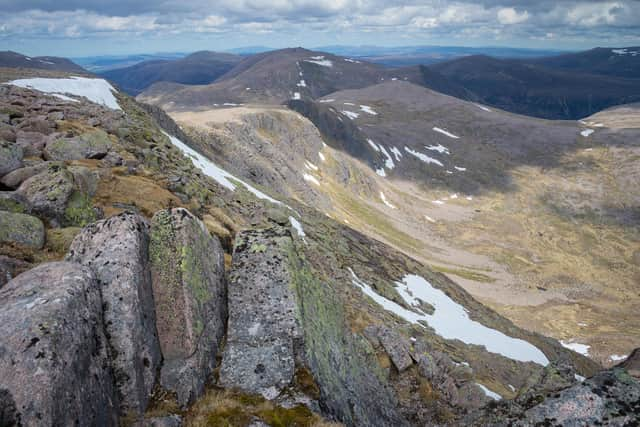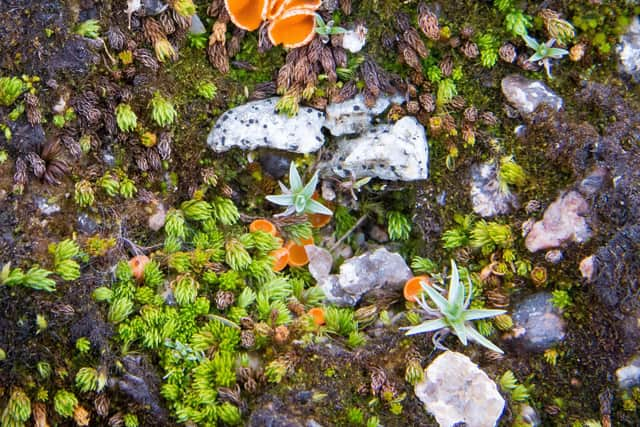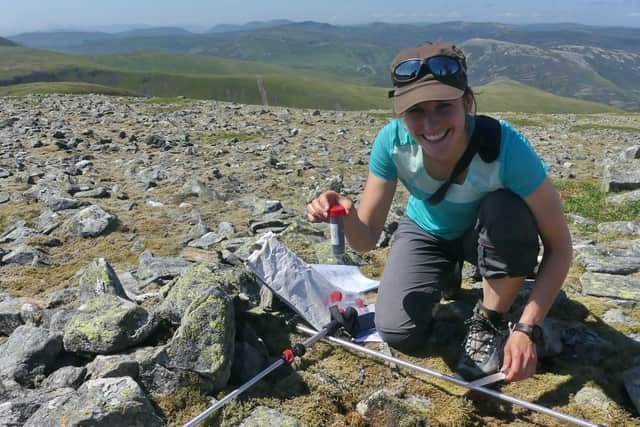How Scottish hillwalkers can help science by collecting soil samples from Munros across Scotland
The good news is you don’t need to donate any body parts – just lend them.
Scottish scientists are calling for hillwalkers to take part in a pioneering citizen science project to create the first ever map of alpine soil biodiversity across the country’s highest peaks.
Advertisement
Hide AdAdvertisement
Hide AdThey are recruiting volunteers to help collect samples of earth from all of Scotland’s 282 Munros, the mountains with summits of 3,000 feet or higher.
It is hoped analysis of the soils will shed new light on the mixture and numbers of organisms living at the uppermost extremes of Scotland’s landscape and how climate change is affecting them.
The project, by researchers at the James Hutton Institute (JHI), will cover many of the best-known and some of the most remote Scottish mountains – including Ben Nevis, the nation’s tallest peak, and the likes of Ben Lomond, Slioch, Ben Lawers and Ben Vorlich.
Testing soils for biodiversity will reveal everything from ‘the seven kingdoms of life’ that lives in it, according to the team – ranging from the simplest single-cell beasties to fungi, worms and insects and even mammals like voles and hares.


The scientists will do this by extracting genetic material from the samples, which is then sequenced and compared with existing DNA databases.
The carbon and nitrogen content of the soils will also be measured, helping reveal how biodiversity is linked to the amount of carbon stored in earth and the ways nitrogen pollution affects organisms.
The team at JHI, which specialises in science related to land use, natural resources and agriculture, will be dishing out sampling kits to contributors for use between June and September this year and next.
A few sites have already been tested as part of a successful pilot scheme carried out in partnership with the charity PlantLife in 2021, which saw 219 samples collected from 55 Munros in the Cairngorms National Park – with astounding results.


Advertisement
Hide AdAdvertisement
Hide AdA whopping 2,748 species of fungi were identified, including one that was previously unknown to science and two others which had never previously been seen in the UK. It has been claimed there are more living things in a single teaspoon of soil than there are humans on the whole planet.
Underground organisms are vital to the functioning of healthy eco-systems, performing important services such as breaking down organic matter, recycling nutrients, supporting plant growth and controlling storage of carbon in the soil.
Part of the reason for the project is to identify the species living up high before the warming climate pushes them so far uphill they run out of territory and cease to exist.


Andrea Britton, an ecologist at the JHI’s Aberdeen campus, is a project leader for the initiative. “We’re now expanding our work to include the whole of Scotland and all aspects of soil biodiversity,” she said.
“Soils are among the most biodiverse habitats on earth – home to an amazing array of life, including bacteria, fungi, nematodes, worms, mites, springtails and many others.
“But the biodiversity in our mountain soils is still virtually unknown, and potentially we could lose it before we even know what species are there.
“Many of those we do know about are already living on the edge of their natural range. In a landscape that is warming up fast, they have nowhere else left to go, and are at risk of extinction.”
Comments
Want to join the conversation? Please or to comment on this article.